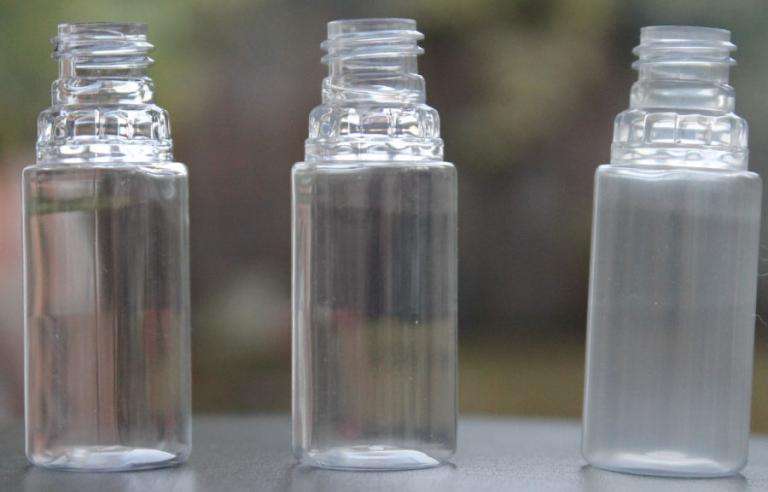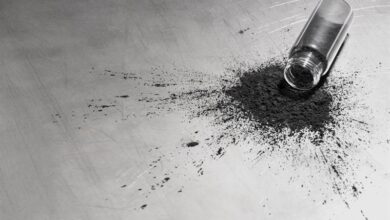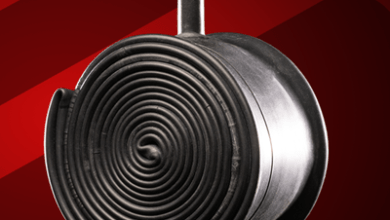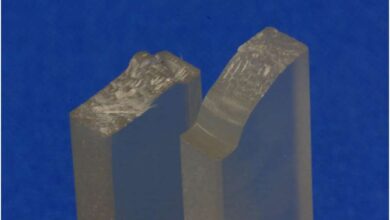BioSphere 203: New Biodegradable Additive for Blow Moulded PET

IRANPOLYMER / BASPAR The new grade, BioSphere 203, has been developed specifically for use in blow moulded PET applications and maintains the clarity of the PET, rather than showing a haze, as is the case with the general-purpose 201 grade.
BioSphere 203 is being particularly targeted at blow moulded bottles, which will contain substances that would be incompatible with recycling. BioSphere biodegradable plastic additive is a unique, easy to use, additive, which has been scientifically proven to accelerate the rate of biodegradation of polymers.
Unlike other products on the market, BioSphere does not need any special conditions to work, such as an industrial composting facility, and can be added to almost all conventional polymers.
Adding the BioSphere additive does not change the physical properties of the plastic part enabling products to maintain their normal shelf life and tensile strength while benefiting from much-enhanced biodegradation. It also is not affected by exposure to UV and does not prevent plastics containing it from going through the conventional recycling processes.
Biosphere additive is also food-safe and has been tested to, and complies with, several international standards, including ISO 14021:2016, ISO DIS 15985, and EU Directive 84/62/EC as well as several ASTM standards for anaerobic systems and aerobic systems.
How it works
Plastics are inherently hydrophobic, which is why plastics take a very long time to biodegrade. Biosphere works by reducing the hydrophobic nature of the polymer.
This increased hydrophilicity allows acids, secreted naturally by microbes, to soften the macromolecules/bonds within the plastic. Microbes are then able to consume the softened macromolecules much more quickly than would normally be the case.
This accelerates the biodegradation process so much that degradation occurs up to 200 times quicker than the same product without the additive and only occurs when the plastic product comes into contact with the naturally occurring microbes found in landfill, compost, or marine environments.
As with all biodegradation, there are byproducts from the process. These are CH4, CO2, biomass, and water, which is the same as with any other organic matter.
source:plasticmedia






